Content |
|---|
History
At the end of the last century and the beginning of the present, appeared the Dutch schapendoes in most places in the Netherlands where there were moors and flocks of sheep. The shepherds esteemed him for his tireless spirit of work and for his intelligence.. It belongs to the versatile group of long-haired herding dogs that have a densely covered head. It is related to the Bearded collie, the Puli, the Polish Lowland Sheepdog, the Bobtail, the Berger de Brie, the Bergamasco and the German sheep pudding in the variety presented in Hessen, Odenwald and the lower Rhine regions. All these dogs similar to each other, are small mutations of mountain dogs.
The Schapendoes It was not recognized as a distinct breed until World War I and was close to extinction in the 1990s. 1940 due to the competition of the Border Collies imported. In 1947 a breed club was formed, el Dutch Schapendoes.
The race began its march towards a formal identity in 1954, when a breed standard and breeding book were established. But, it was not until 1971 that the Schapendoes gained full recognition as a Dutch race. The FCI (Federation Cynologique Internationale) recognized the breed in 1989.
Recognized by the United Kennel Club in 2006, the Schapendoes has been registered with the Foundation Stock Service of the American Kennel Club since 2005, but it doesn't have full recognition.
Physical characteristics
It is a long-haired and light-built dog. The eyes are quite big, rounded and brown, the expression must be frank, loyal and alive. The ears are inserted quite high, they are not thick or fleshy and hang freely by the head, the tail is long and covered with streaked hair, at rest hangs vertically, at a trot he carries it very high and curved, waving sensibly to the right and left; at gallop it remains straight and horizontal.
Its movements are elastic and agile; he is an exceptional jumper.
- Fur: the cloak is very dense, with abundant subpelo. The hair is long and more than 7 cm.. in the hind limbs. It should not be completely smooth, but slightly wavy.
- Color: all colors are allowed; preferably bluish gray with a tendency to black.
- Size: males, of 43 to 50 cm.; females, of 40 to 47 cm..
Character and skills
The typical Schapendoes friendly and adaptable it is generally easy to get along with, as long as you get plenty of exercise and play. Although he is an independent thinker, is usually cooperative and wants to please. He tends to enjoy being with his people, so hope it stays close to you, inside or outside.
The Schapendoes works the sheep by elbowing their nose and shoulders, and you can try to do this with people too, especially with the children. Do not allow. On the positive side, He is generally a playful and energetic friend for children who are old enough to throw a ball for him, run with him and teach him tricks.
This is typically an intelligent breed that is quick to learn.. But it is important to be clear with the rules or he will try to avoid them if you are not consistent.
Its generally alert nature can make this breed a good watchdog.. Although grazing breeds have a tendency to be vocal, the Schapendoes not usually a great barker. But, can become an annoying barker if left to himself and bored.
Like most herding dogs, the Schapendoes requires a lot of socializing to make sure you don't get too cautious or suspicious. Socialize puppies at a young age with many people, different environments and circumstances so they can learn to adapt.
Start training a Schapendoes the day you bring it home or, before you know it, he will train him. (If these dogs were lawyers, they would know all the legal loopholes.) It is capable of absorbing everything you can teach it. Don't wait until you have 6 months to start training or you will have a more stubborn dog in your hands.
If possible, take it to a trainer when you have 10 to 12 weeks and socialize, socialice, socialice. But, Note that many kinds of training puppies require certain vaccinations (such as kennel cough) stay up to date, and many vets recommend limited exposure to other dogs and public places until puppy vaccinations (including rabies, distemper and parvovirus) They are completed. Instead of formal training, You can start training your puppy to socialize at home and among family and friends until immunizations are completed in the puppy.
Talk to the breeder, Describe exactly what you want in a dog and ask for help choosing a puppy. Breeders see their puppies daily and can make incredibly accurate recommendations once they know something about their lifestyle and personality..
The puppy Schapendoes Perfect not fully formed out of the whelping box. It is a product of his background and upbringing. Look for a puppy whose parents have good personalities and who has been well socialized from an early age.
Schapendoes Health
The Schapendoes is a generally healthy breed with a life expectancy of 12 to 15 years. All dogs have the potential to develop genetic health problems., just as all people have the potential to inherit a particular disease. Run, do not walk, from any breeder who does not offer a health guarantee for their puppies, that affirms that the race is 100 percent healthy and have no known problems or that your puppies are isolated from the main part of the home for health reasons. A reputable breeder will be honest and open about the breed's health problems and the incidence with which they occur in their lines..
The Schapendoes they are generally healthy, but there is some incidence of progressive retinal atrophy (ARP), an eye disease that can cause blindness. Responsible breeders do DNA testing of their dogs for PRA and have them examined by a certified ophthalmologist before breeding.. They also examine their dogs for hip dysplasia.
If a breeder tells you they don't need to do such testing because they have never had any problems in their lines or their dogs have been vet checked or give any other excuse for skimping on genetic testing of dogs, leave immediately.
Careful breeders screen their breeding dogs for genetic diseases and breed only the healthiest and best looking dogs, but sometimes Mother Nature has other ideas and a puppy develops one of these diseases despite good husbandry practices. Advances in veterinary medicine mean that in many cases dogs can still live a good life. If you are going to have a puppy, ask the breeder about the ages of the dogs in their lines and the typical causes of death.
Remember that after you have welcomed a new puppy into your home, has the power to protect you from one of the most common canine health problems: the obesity. Keep a Schapendoes being the right weight is one of the easiest ways to promote better overall health.
Schapendoes grooming
The Schapendoes has a dense double coat with fine fur that is slightly wavy. In its longest part, in the hindquarters, the hair is about 7 cm long. The head and face of the breed are characterized by a pompadour, a mustache and beard.
Considering how much hair you have, the Schapendoes is quite easy to style, does not require any trimming or trimming. It is normal for it to look a bit messy.
Even so, it is better to check it a few times a week so that it does not get tangled and brush it accordingly. To help prevent tangles, puppies may need to be groomed two to three times a week as their adult coat appears. Bathe the dog as needed.
You will not find the coat of your Schapendoes or the hair on your hand after stroking it, because the breed normally loses very little.
The rest is basic care. Trim nails every three to four weeks or as needed. brush your teeth often – with a vet-approved pet toothpaste – for good general health and fresh breath.
Characteristics "Schapendoes"
Coexistence is important that you have with your new friend. Before considering the acquisition of a dog of the breed "Schapendoes" you know certain factors. Not all breeds of dogs are apt to live in an apartment, you must take into account his character, their need for exercise, their interaction with other pets, their care and if you have small children, their level of tolerance towards them.
Adaptation ⓘ5.0 out of 5 stars (based on 1 review)
|
friendly dog ⓘ4.0 out of 5 stars (based on 1 review)
|
hair loss ⓘ2.0 out of 5 stars (based on 1 review)
|
|---|---|---|
Affection level ⓘ5.0 out of 5 stars (based on 1 review)
|
Need for exercise ⓘ4.0 out of 5 stars (based on 1 review)
|
Social need ⓘ4.0 out of 5 stars (based on 1 review)
|
Home ⓘ3.0 out of 5 stars (based on 1 review)
|
Toilet ⓘ3.0 out of 5 stars (based on 1 review)
|
Friendly with strangers ⓘ2.0 out of 5 stars (based on 1 review)
|
barking ⓘ3.0 out of 5 stars (based on 1 review)
|
Health ⓘ3.0 out of 5 stars (based on 1 review)
|
Territorial ⓘ4.0 out of 5 stars (based on 1 review)
|
Cat friendly ⓘ3.0 out of 5 stars (based on 1 review)
|
Intelligence ⓘ5.0 out of 5 stars (based on 1 review)
|
Versatility ⓘ5.0 out of 5 stars (based on 1 review)
|
Child friendly ⓘ4.0 out of 5 stars (based on 1 review)
|
Surveillance ⓘ4.0 out of 5 stars (based on 1 review)
|
joy ⓘ5.0 out of 5 stars (based on 1 review)
|
Images "Schapendoes"
Videos "Schapendoes"
Type and recognitions:
- FCI CLASSIFICATION: 313
- Group 1: Sheepdogs and Cattle Dogs (except Swiss Cattle Dogs)
- Section 1: Sheepdogs. Without working trial..
Federations:
- – FCI – Group 1 Herding dogs, Section 1 Sheepdogs ⓘ
- – AKC – PASTORAGE ⓘ
- – CKC – Group 7 – Herding dogs ⓘ
- – UKC – Herding dogs ⓘ
FCI breed standard "Schapendoes"
Alternative names:
1. Dutch Schapendoes, Nederlandse Schapendoes (English).
2. Nederlandse Schapendoes (French).
3. Niederländischer Schapendoes (German).
4. skapendus (Portuguese).
5. Nederlandse Schapendoes (español).
Photos:
1- Schapendoes by Wikipedia
2 – Schapendoes by https://pxhere.com/es/photo/1414360
3 – Schapendoes by Svenska Mässan from Sweden / CC BY
4 – Schapendoes by publicdomainpictures
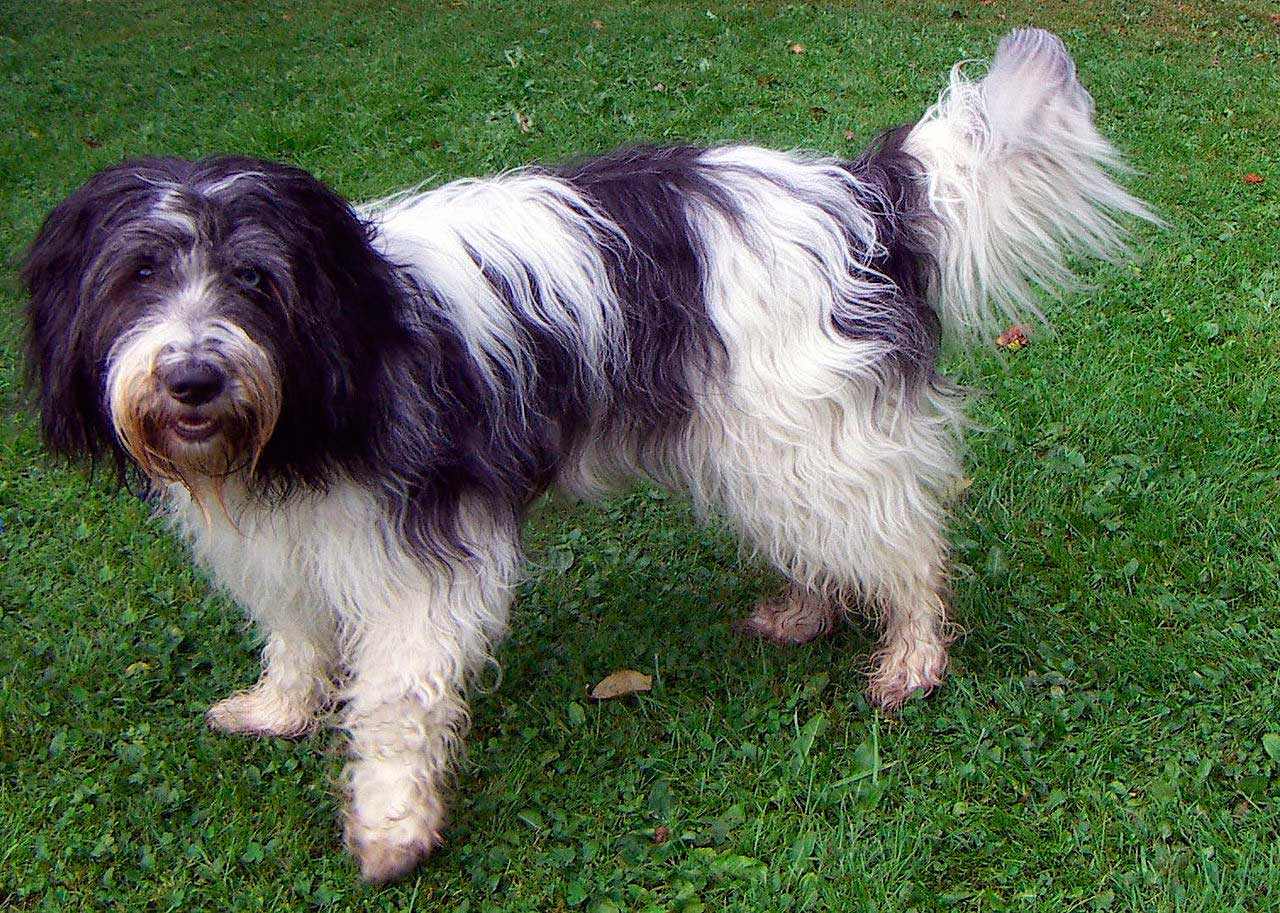
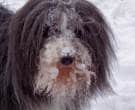
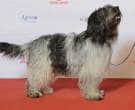
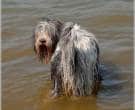
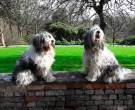
 schapendoes dutch (Dutch Schapendoes) Breed of dog
schapendoes dutch (Dutch Schapendoes) Breed of dog Dutch Sheepdog – Schapendoes & Puppies
Dutch Sheepdog – Schapendoes & Puppies Dutch Schapendoes
Dutch Schapendoes A sheepdog charm
A sheepdog charm